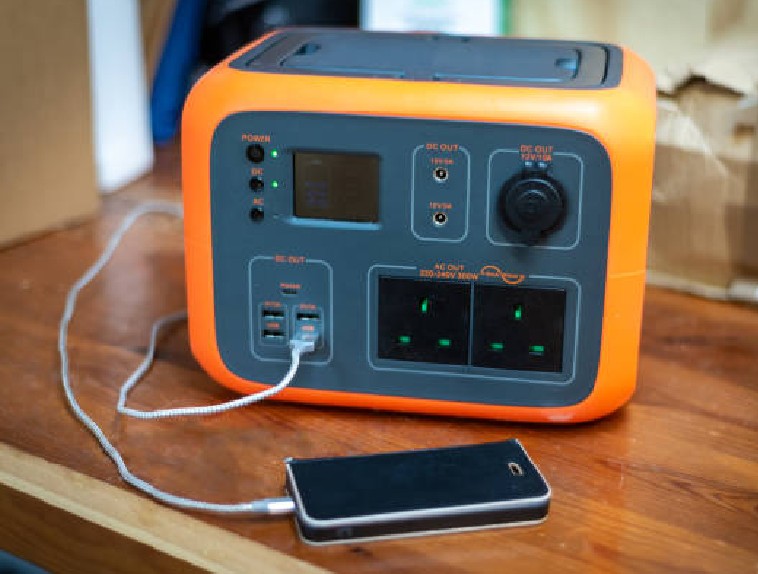Question
If I have an installation that is 120 V or 208V and use a reducing washer in a concentric knock out in a panelboard or safety switch but do not remove all the concentric rings, do I need to install a bonding bushing?
Answer
Yes, you would need to use a bonding bushing that is certified (Listed) as Grounding and Bonding Equipment (KDER). The Guide Information for KDER can be located on page 262 in the 2014 UL White Book and can also be found on UL Product Spec at www.ul.com/productspec by entering KDER in the UL Product Category Code search field. The Guide Information states that grounding bushings for use with conduit fittings, tubing (EMT) fittings, threaded rigid metal and intermediate metal conduit, or unthreaded rigid metal and intermediate metal conduit have a provision for the connection of a bonding or grounding wire or have means for mounting a wire connector available from the manufacturer.
This is a NEC 110.3(B) issue. Reducing washers are certified (Listed) under Outlet Bushings and Fittings (QCRV), located on page 391 and 392 in the 2014 UL White Book and can also be found on UL Product Spec at www.ul.com/productspec and enter QCRV at the UL Product Category Code search field. The Guide Information for QCRV under the “Grounding” heading, states, “Metal reducing washers are considered suitable for grounding for use in circuits over and under 250 V and where installed in accordance with ANSI/NFPA 70, National Electrical Code. Reducing washers are intended for use with metal enclosures having a minimum thickness of 0.053 in. for non-service conductors only. Reducing washers may be installed in enclosures provided with concentric or eccentric knockouts, only after all of the concentric and eccentric rings have been removed. However, those enclosures containing concentric and eccentric knockouts that have been certified (Listed) for bonding purposes may be used with reducing washers without all knockouts being removed.” If the concentric or eccentric rings were not removed, you would need the bonding bushing to bond around those rings.
The only enclosures containing concentric and eccentric knockouts that have been certified (Listed) for bonding purposes are certified (Listed) under the product category Metallic Outlet Boxes (QCIT), located on page 389 in the 2014 UL White Book and also on UL Product Spec at www.ul.com/productspec and enter QCIT at the UL Product Category Code search field. The Guide Information for QCIT states under the heading CONCENTRIC OR ECCENTRIC KNOCKOUTS: “All boxes with concentric or eccentric knockouts have been investigated for bonding and are suitable for bonding without any additional bonding means around concentric (or eccentric) knockouts where used in circuits above or below 250 V, and may be marked as such.”
Question
In our area the utility requires a non-fusible safety switch ahead of the meter as a meter disconnect to allow for meter maintenance, however, they do not permit a fuse or circuit breaker ahead of the meter to prevent theft of electricity. It seems that these non-fusible switches have a 10 kA short circuit current rating. If the service has over 10 kA available at the meter, are there non-fusible switches rated higher than 10 kA that can be used for these installations?
Answer
Yes, the standard used for certification (Listing) permits higher short circuit current ratings when used with specific overcurrent protection devices.
Non-fusible safety switches are certified (Listed) under the product category Enclosed Switches (WIAX) located on page 522 in the 2014 UL White Book and also on UL Product Spec at www.ul.com/productspec and enter WIAX at the UL Product Category Code search field. These switches are evaluated for compliance with the Standard for Safety for Enclosed and Dead-front Switches, ANSI/UL 98. Non-fusible enclosed switches alone have a short circuit current rating of 10 kA, however, UL 98 permits short circuit current ratings over 10 kA when the switch is tested and marked for a higher short circuit rating when protected by the specified overcurrent device that is identified on the switch. For example, the switch may be marked with a 50 kA short circuit current rating when protected by a specific class of fuse or circuit breaker. Unless the marking also designates that the overcurrent protection must be provided upstream of the switch, then the overcurrent protection can be provided either upstream or downstream of the switch.










Find Us on Socials